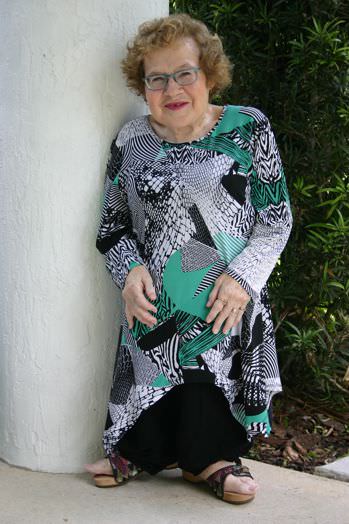
November 13 marks 16 years since I was elected as President of Little People of America (LPA). A surprising scenario given that LPA elections typically happen in July, three Presidents had served in the position in the prior 16 months, and I was elected by the Board of Directors not the general membership. I was chosen to run the last leg of the presidential relay team to complete the two year term in July 2006.
I never aspired to be President and had declined to run for the position in July 2004. Indeed as I said in Always an Advocate, “I didn’t see politics in my near future. I much preferred to return to my original plan of writing our marriage memoir.”
Want to subscribe to receive blog updates sign up today!
However, due to a series of disturbing events, I was persuaded to serve as Vice President of Membership on LPA’s national board. Past president Gerald Rasa expressed his confidence that I could “galvanize the group, heal breaches . . ., and keep the membership on balance.”
To say it was a turbulent time in LPA history is putting it politely and evidenced by the need for four faces to get the gavel across the finish line. After being elected as President, I received congratulatory emails in which people expressed comfort and confidence in my ability to lead LPA. What they didn’t know was that my strength and courage came from God. In pursuit of Solomon’s wisdom, I added his words as part of my email signature paragraph. For example, in February 2006, my 220 outgoing emails closed with this quote:
Pleasant words are a honeycomb,
Sweet to the soul and healing to the bones.
∞ Proverbs 16:24, NASB
As president, I determined to finish the work the original Executive Committee began in 2004. In addition to chairing LPA Board meetings, my time as president was primarily spent as it should be:
- encouraging LPA leaders and members
- supervising staff
- coordinating with the development director
- coordinating with the Medical Advisory Board on research studies
- ensuring completion of the annual report
- writing proposed bylaws
Among the things I did to help plan the 2006 national conference in Milwaukee, Wisconsin, I sent written invitations to international delegates in support of their visa applications, hosted an appreciation reception for national leaders, and presented the 2006 awards for Media and the Kitchens Meritorious Service at the closing banquet.
In a private ceremony, I presented an unofficial gavel to the other members of the 2004-2006 Presidential Relay Team engraved with all four names. We had held to our expressed campaign values of respect, integrity, accountability, and inclusiveness.
About 2,000 volunteer hours after deciding to run for national office in April 2004, I was delighted and relieved to pass the official LPA gavel to the newly elected President for the 2006-2008 term.
This post is excerpted from Part I, Volunteer Leadership Challenges, in “Always an Advocate.” Find out why so many reviewers recommend the book at https://angelamuirvanetten.com/always-an-advocate/.





